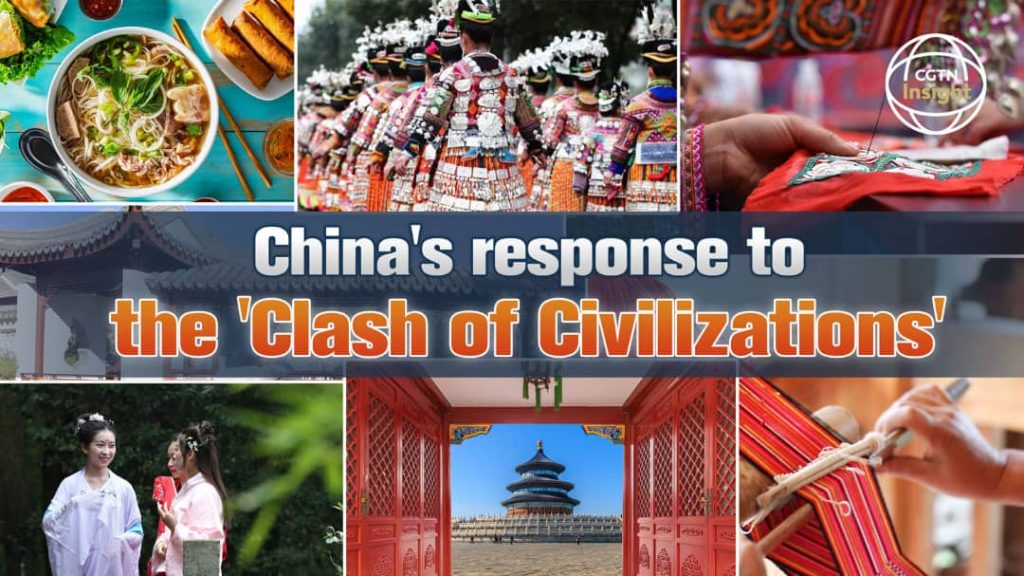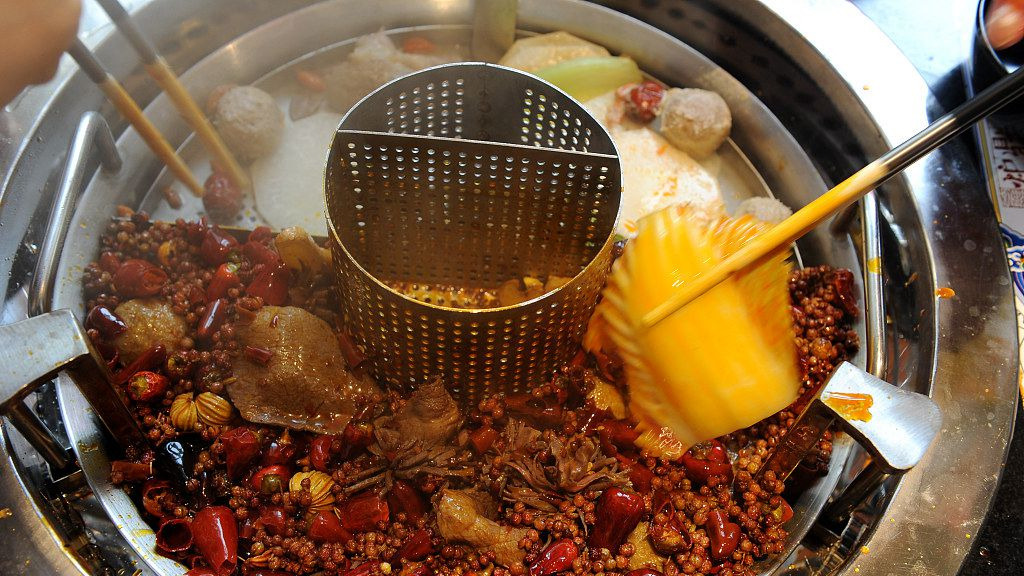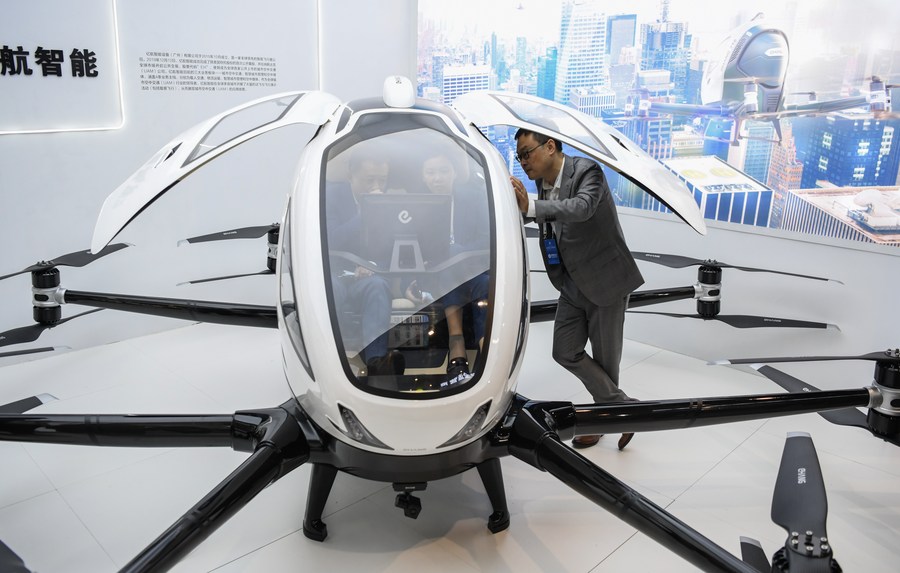By CGTN Insight

Top image
Editor’s note: “Roots of China’s Growth” is a 10-episode series marking the centenary of the founding of the Communist Party of China (CPC), which has presided over the country’s meteoric rise as a global power. The series focuses on 10 fundamental elements of the strategy that has led to China’s transformation from an impoverished nation over the past 100 years. “China’s inclusive culture” is the ninth in the series. The article is part of a special series from CGTN and its international media partners.
After the Cold War, Samuel Huntington, Professor of Political Science at Harvard University, put forward the “Clash of Civilizations” theory, arguing that the fault lines between cultures would replace the political and ideological boundaries of the Cold War as the main flashpoints for crises and bloodshed.
Huntington forecast that the paramount axis of world politics would be conflicts between “the West and the Rest,” requiring the West to contain the expansion of military strength among non-Western civilizations.
Decades on, does Huntington’s thesis reflect how the world works?
The answer from China is no. You can get a glimpse of how diversified cultures peacefully coexist in China through this simple question: What is authentic “Chinese food”? Sichuan hotpot, Cantonese Wonton soup, Peking duck, Hunan’s stinky tofu? All of these and more. Diverse cuisine from different regions of China can be found in one city, and sometimes even in the same block.

A typical Sichuan hotpot, with two choices of flavors – spicy and non-spicy. /VCG
The nation’s inclusiveness has made this happen.
This is also reflected in dozens of dialects, the traces of diverse philosophies that can be found in a single style of Chinese architecture, the popularity of traditional ethnic clothing across ethnicities, to name just a few cultural expressions.
China’s stability is a result of its open attitude to diversity and not stifling minorities for a land of sameness.
The risk of identity-based conflicts does exist but can be avoided by smart policymaking. Religious and ethnic differences can sometimes lead to chaos and even violence, but China, a multi-ethnic country, has endeavored to build a diversified and cohesive community, respecting differences while promoting underlying unity.
There is no ethnic or cultural discrimination in China. People’s ethnic identities are recognized by law. While some ethnic groups in certain countries, out of fear of discrimination, choose not to reveal their racial identity in public life, all ethnic minorities in China have actively participated in the country’s political and social life.
Chinese President Xi Jinping has stressed on several occasions that cultural inclusiveness, economic independence, and emotional closeness are the bonds that unify China’s ethnic groups. Every achievement by the country is a product of the collective wisdom and sweat of the Chinese people. Indeed, their common identity as a unified national community has become a powerful driving force for the country’s growth.
The balance between “differences” and “unity” is vital to China’s stability and development.
The relevance of an open and inclusive culture is evident not only in China’s ethnic relations, but also in the exchanges between China and the rest of the world. Globalization may have intensified identity conflicts in some cases, but China has embraced foreign cultures with an open mind.

Visitors learn about an autonomous aircraft on display at an exhibition during the “China 5G + Industrial Internet Conference” in Wuhan, China’s Hubei Province, November 19, 2020. /Xinhua
Some advanced foreign cultural and technological products, after being introduced to China, have developed by leaps and bounds in the Chinese market, further enhancing and enriching Chinese culture.
For many years, China was an importer and imitator of foreign technologies. According to the Xinhua News Agency, up to the year 2000, China’s patent applications accounted for only 3.77 percent of the world total, well below the U.S. and Japan.
Yet over the past decade, China has turned from an imitator, follower and traditional manufacturer into an innovator, leader, and smart manufacturer. Its annual patent filings have surpassed Japan’s and were double those of the U.S. in 2016. The country is now a global innovation powerhouse and the engine for an increase in the world’s intellectual property assets.
China’s openness towards foreign cultures and technologies has been a catalyst for the transformation.
Undeniably though, the emergence of “historical nihilism” and “cultural nihilism” in recent years has posed a major challenge to Chinese culture. Therefore, boosting cultural confidence is also an integral part of enhancing cultural identity.
Burying one’s head in the sand is not the right way forward. In response to the “clash of civilizations” scenario, China’s open and inclusive culture is a solution.
Gao Lei is an associate professor at the School of Marxism, University of International Business and Economics, and a research fellow at the Research Institute of Globalization and China’s Modernization. You can contact her directly at gglei9496@sina.com. Please send any other contributions, including expressions of interest in sharing expertise with us, to opinions@cgtn.com.




